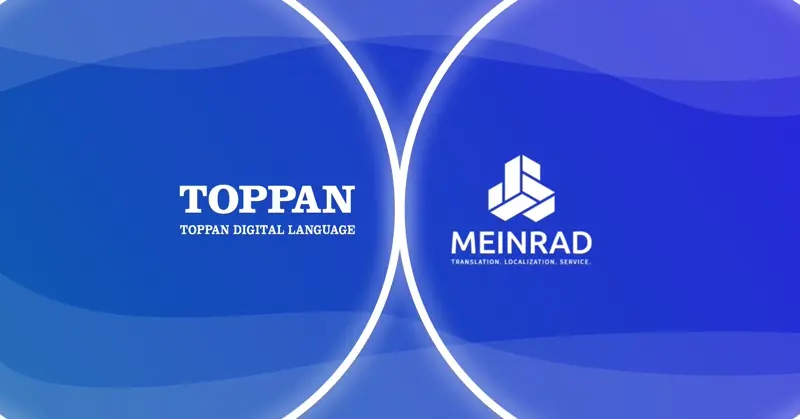TOPPAN Digital Language’s quoting process for translation services is necessarily complex in order to give you the most benefit from translation memory discounts.
When your document is loaded into STREAM it is parsed into segments – typically these are sentences, headers, or phrases. What all segment types have in common, is that they are grammatically complete.
This means that when translated into another language and stored in a database in parallel segments, the translations can be confidently re-used without worrying about changes required due to grammar in the target language – gender agreement, cases, etc.
Once the incoming document is parsed into segments each segment is compared to the contents of the translation memory, and is given a match rating, to indicate whether it is an exact match, a repetition from within the same document, an exact match with context-match (meaning that the segments preceding and following are also the same in the memory), fuzzy matches (meaning one or two words might be different), or no match.
Once that analysis is completed we total up the number of words in segments in each match category. Discounts are then applied to each match category to reflect the re-use of the translations and productivity increase for the translator and reviser working on the job.
There are eight TM match categories and a fee for translation is calculated for each. If revision is also included in the service required then a fee for revision is also calculated per match category.
The quoting system rounds to two decimals on each calculation. The fees for each service are then added together, and finally the translation and revision fees are added together.
The necessary roundings involved can mean that the per word rate for translation and revision differs from that advertised or agreed in the contract. The rounding has been designed in such a way that it in the vast majority of cases it favours TOPPAN Digital Language’s clients.
If you have any further questions please contact your Account Manager.































